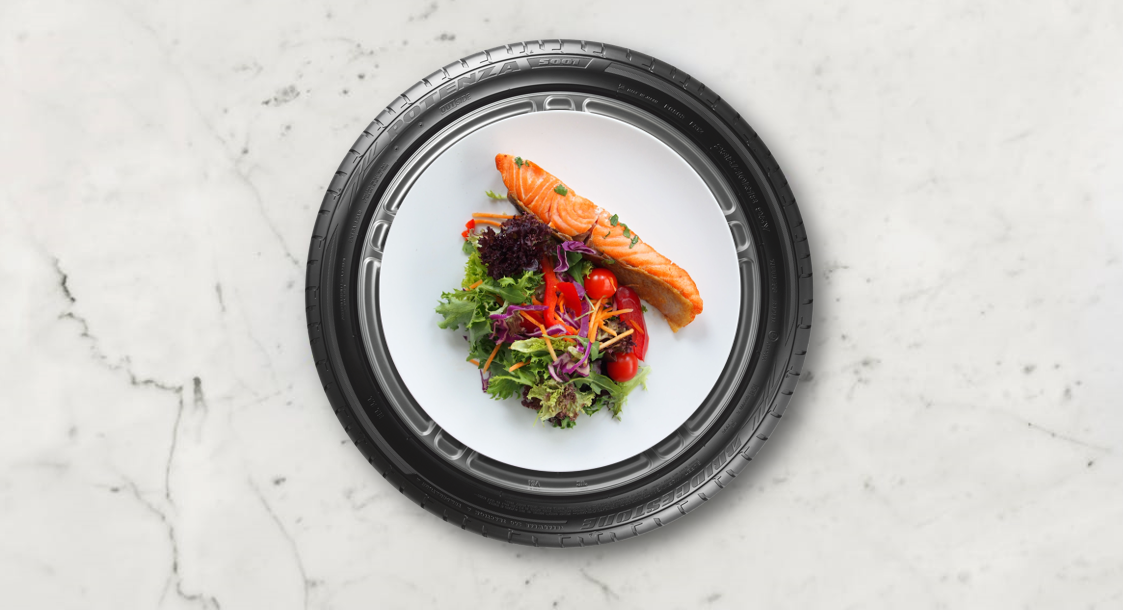

Michelin makes tyres.
So what business does a tyre company have awarding stars to restaurants? It seems like an odd alignment of interests and expertise, doesn’t it?
Yes, the ‘Michelin’ that makes or breaks restaurant and chef reputations around the world is the same Michelin that manufactures tyres. You know, the Michelin Man one.
How did it come about? Isn’t it just an expensive sponsorship arrangement like Coles supermarkets and MasterChef? Or the Colonel’s fried chicken operation and Cricket Australia? Something like that, surely.
Well, no.
And that’s why it’s perfectly reasonable to wonder why the highest accolade in the culinary world is awarded by a tyre company. Frankly, it’s a genius piece of marketing—perhaps one of the earliest, most brilliant bits of content marketing on the planet. It’s easily one of our faves.

To understand where the Michelin Guide came from, let us take you back to the year 1899—a time when cars were a niche commodity, and really only available to the well-to-do. At the time, French brothers Edouard and Andre Michelin were running a rubber factory, and were diversifying their offering from bicycle tyres into the emerging market of car tyres—a great opportunity to climb aboard an emerging technology.
The frères Michelin knew that for their new product line to be a success in such a small market—there were fewer than 3,000 cars on the road in France in 1900—they’d have to get their brand in front of the country’s elite. They also needed to get more cars on the road, more often.
So, in a stroke of genius in 1900, the first very Michelin Guide was published. The little red guidebooks were conceived to encourage drivers to simply take to the roads of France, not so much as a way to track down the world’s finest dining rooms. Not yet, anyway.
Each guide was filled with handy information for travellers—things like maps, instructions on how to change a tyre, where to fill up with fuel or find a mechanic, where to grab something to eat, and pleasant places to pull over and take a rest—pretty useful stuff.
In 1926, the guide expanded into the space that has made it famous – fine dining.
Five years later, the three-star system was introduced.
‘Worth a special journey’. In your car. Using your tyres.
For most of us, tyres aren’t particularly sexy. Rubber, maybe. But tyres? Not so much. For Michelin, however, those little red guides and what they stand for have created an unmistakable halo of premium quality and excellence around the Michelin brand.
120 years after those little red booklets were conceived by the clever tyre makers, the Michelin Guide is still a brand-building tool, and a brilliant part of the Michelin story.

There are two things about this tale that we love at Resource:
We humans are hardwired for stories. We are storytelling animals. We remember and learn best through stories we tell each other. At the most basic level, they lead to deeper understanding, trust and connections.
It’s no different in business.
Are you telling the stories floating in and around your business? Those stories can help you shape your brand and connect with your clients, prospects, staff, stakeholders, media and your industry more broadly.
We help all kinds of businesses tell their stories.
Do you have one just itching to be told?
Drop us a note in the fields here and we’ll get back to you pronto.